Madagascar’s Food and Nutrition Standards: Applying Lessons from Postwar Japan to Improve People’s Lives
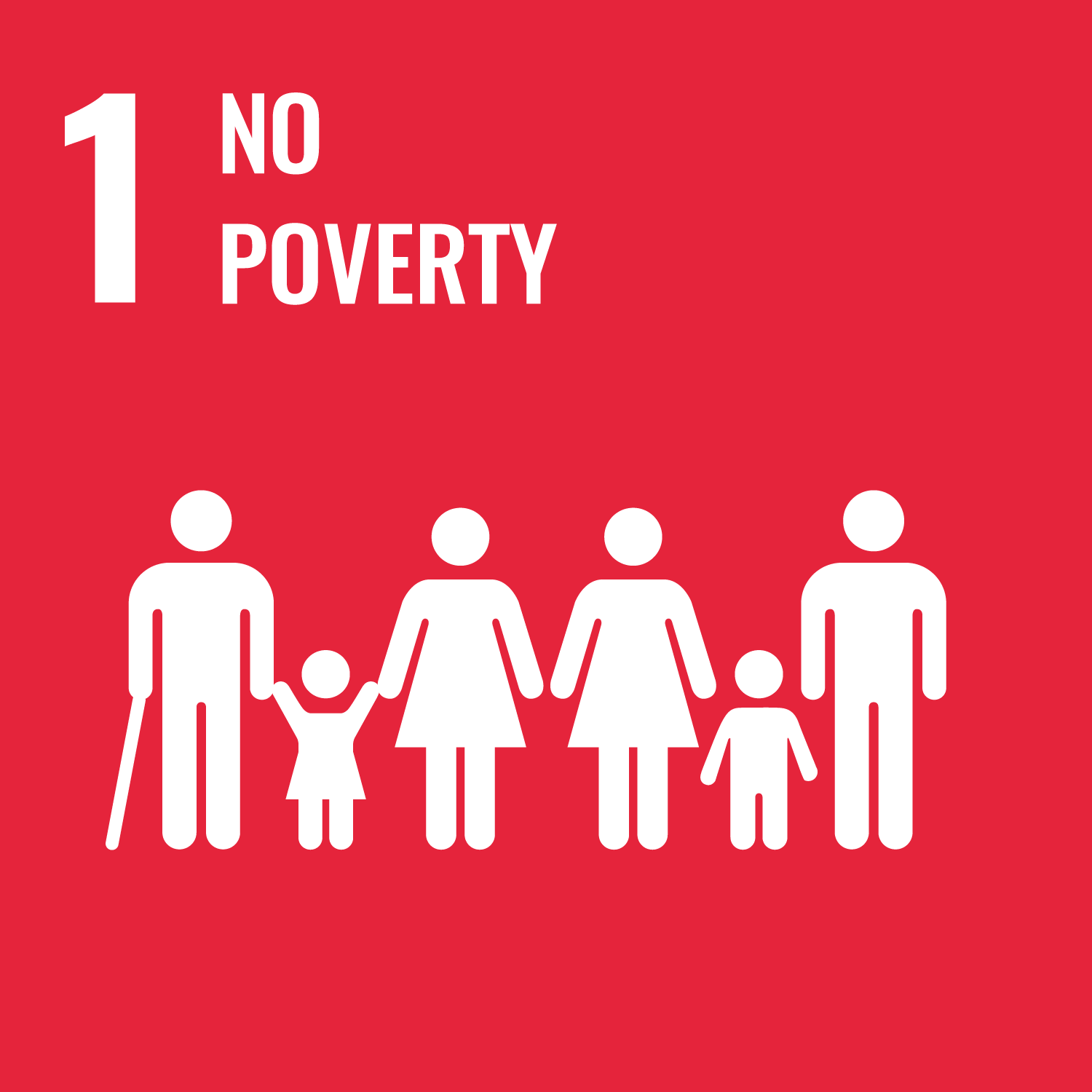
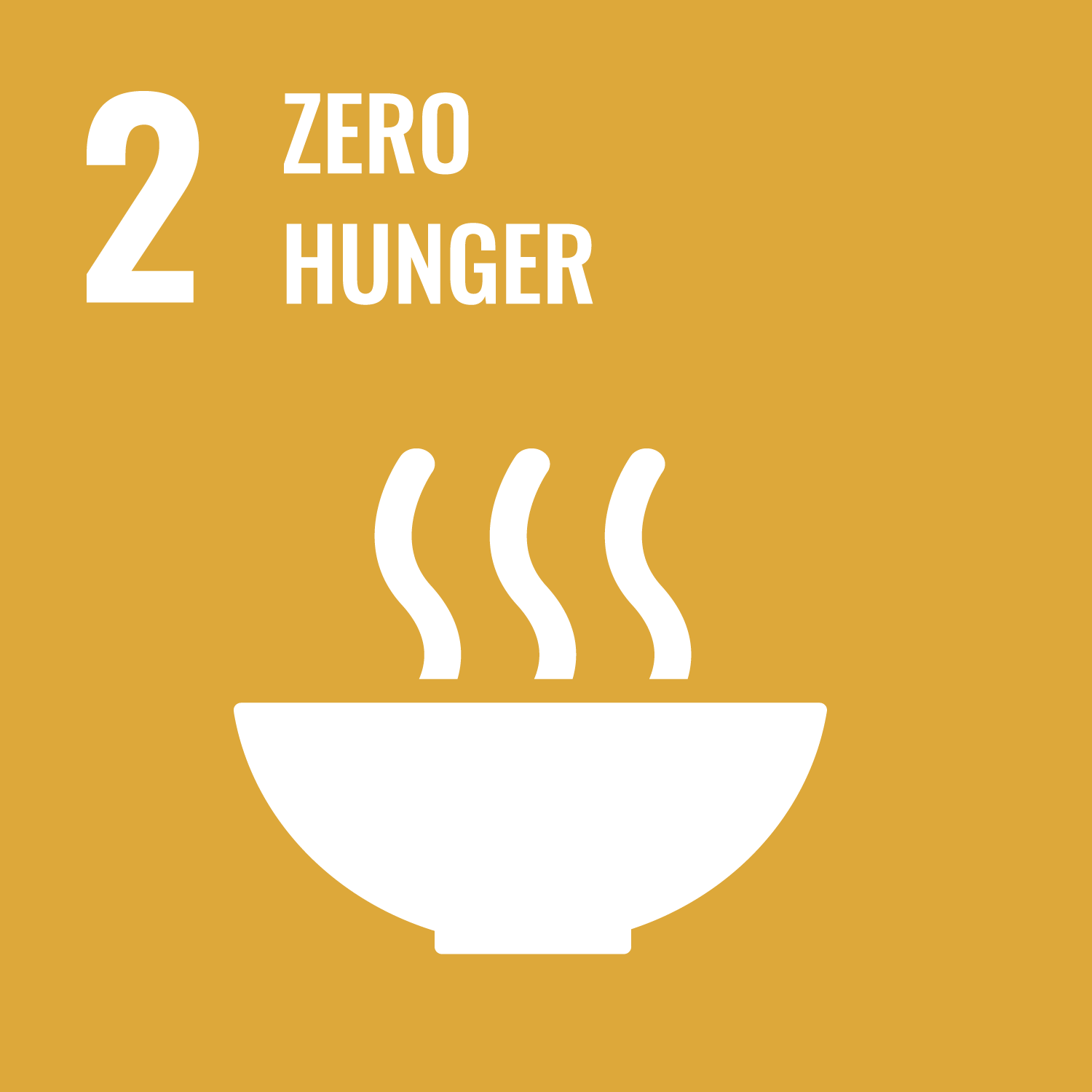
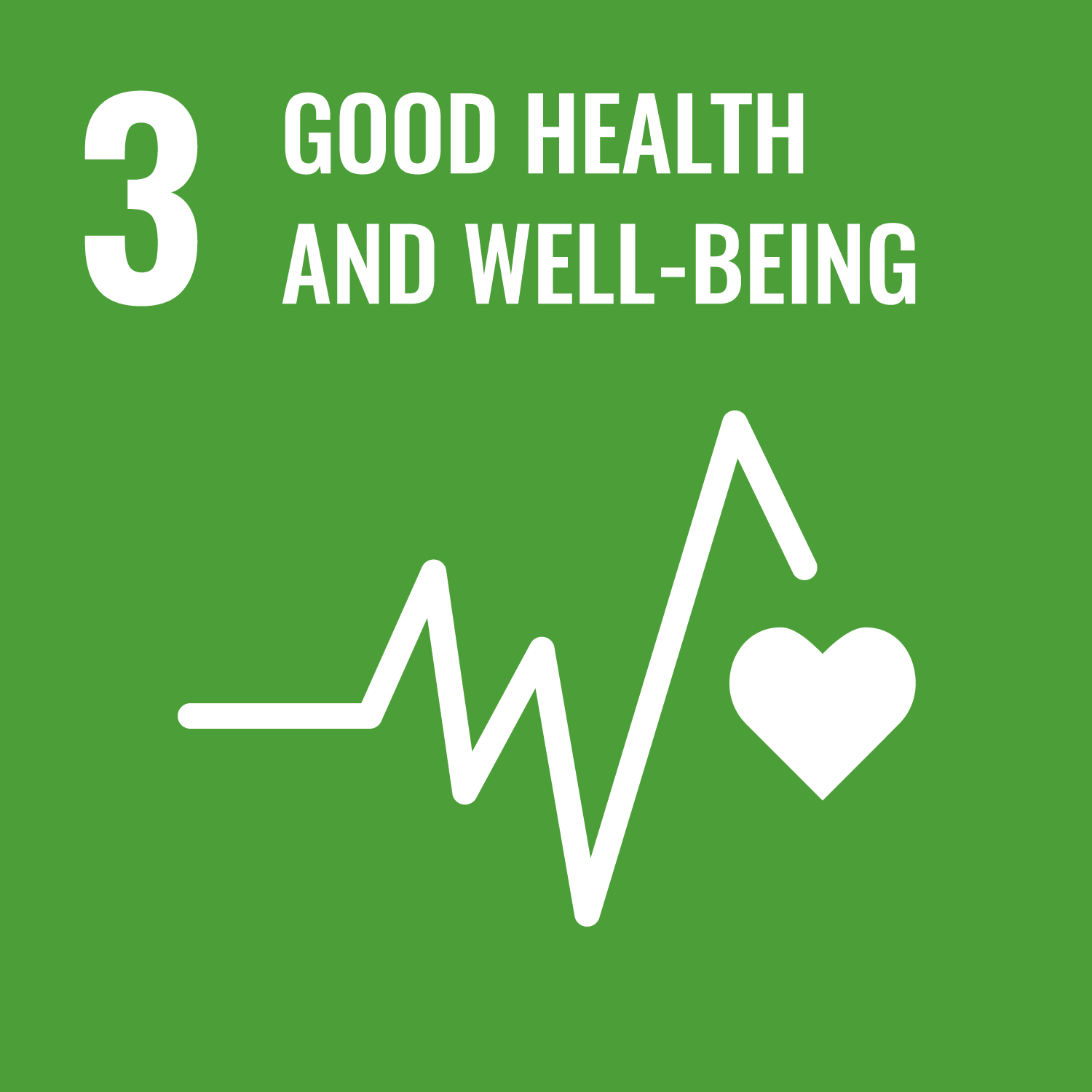
2024.03.12
Food and nutrition are key issues for the sustainable development of global society. This is especially true in Africa, where malnutrition affects one in five people. Wishing to help people better meet their food needs, JICA joined with other international organizations to launch the Initiative for Food and Nutrition Security in Africa (IFNA) in 2016. Measures under the program have been implemented throughout the continent since 2019.
In Madagascar, efforts to improve nutrition standards are also actively being made by the residents themselves. Their initiatives are modeled on the seikatsu kaizen activities of postwar Japan. JICA Senior Advisor Ota Miho and former Japan Overseas Cooperation Volunteer Seki Natsuko explain why these practices took root and how they have changed the way people live and think.
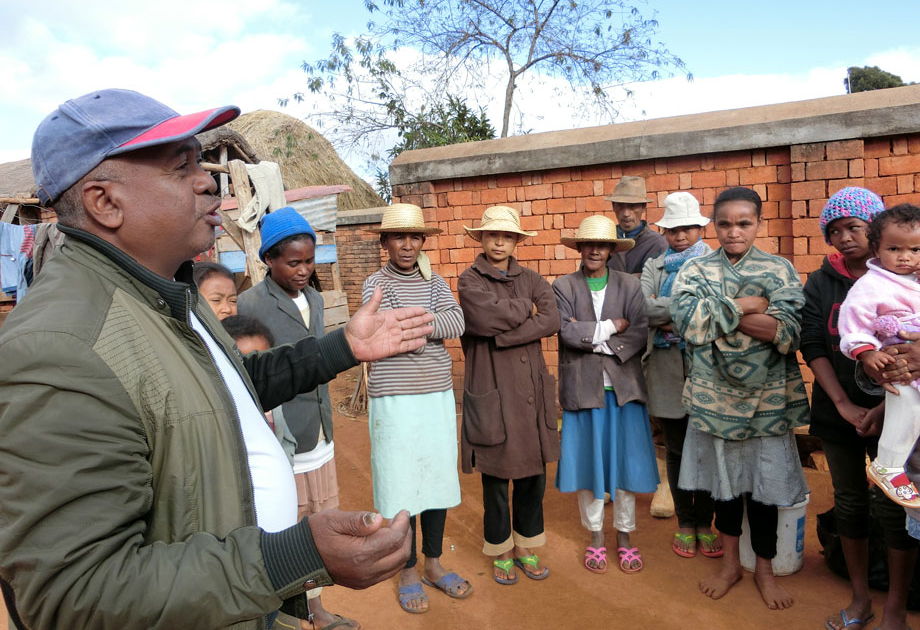
A regional agriculture official describes the seikatsu kaizen activities that he learned in Japan to local residents.
Madagascar is an island nation off Africa’s east coast in the Indian Ocean. It is among the world’s least developed countries, with around 80% of the population living under the global poverty line on less than $1.9 a day—most of them in rural areas. But in 2007 a number of local residents decided to take action to improve living standards, launching an initiative called seikatsu kaizen (meaning “livelihood improvement” in Japanese). Leading the effort were local officials from the Ministry of Agriculture and National Nutrition Office, who learned about Japan’s rural development initiatives during a JICA training program.
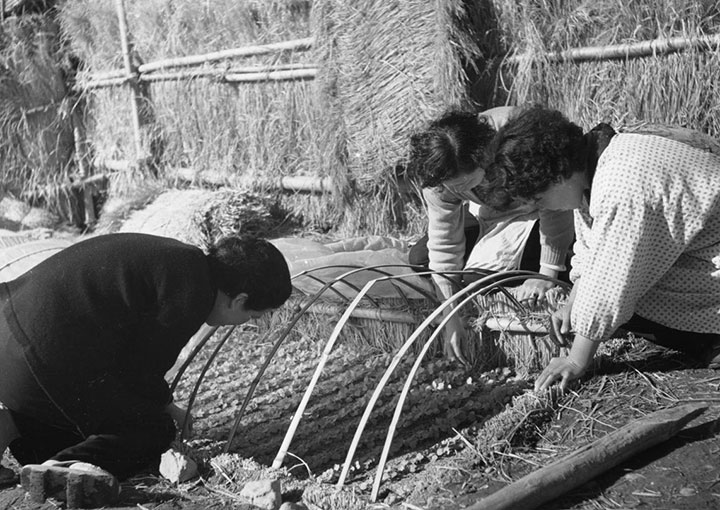
Seikatsu kaizen refers to the extension program that began during the immediate postwar years to promote democratization and improve living conditions in Japan’s rural areas. JICA offers ongoing training to share the lessons Japan learned from this program with developing countries to support their social development. (Photo: Uchida Hiroshi, “Members of the seikatsu kaizen group cultivating vegetables” [1955], courtesy of the Digital Archives of NPO Digi-KEN)
These former trainees applied the lessons learned in Japan to create teams carrying out extension activities in their respective regions. For example, they taught local farmers that vegetables grown in the garden can be preserved by drying them in the sun, providing a valuable source of nutrition when food is scarce. They showed how the “three-stone cooking stove”—a simple triangular arrangement of stones and bricks—can be improved to enhance thermal efficiency and reduce the time and effort needed to gather firewood and cook. The essence of seikatsu kaizen is making small improvements using available resources to gradually improve living conditions and nurture self-reliance among farmers.
“The self-help activities of the former trainees from Madagascar are quite remarkable,” says Ota Miho, a JICA senior advisor. “The country’s budget and human resources for rural development were limited due to fiscal constraints. And there was a growing sense of helplessness among people, who believed that nothing would improve without assistance. The trainees—who were alarmed by such sentiments—learned in Japan how living conditions could be raised without relying on outside aid, and they no doubt felt that this was exactly what Madagascar needed.”
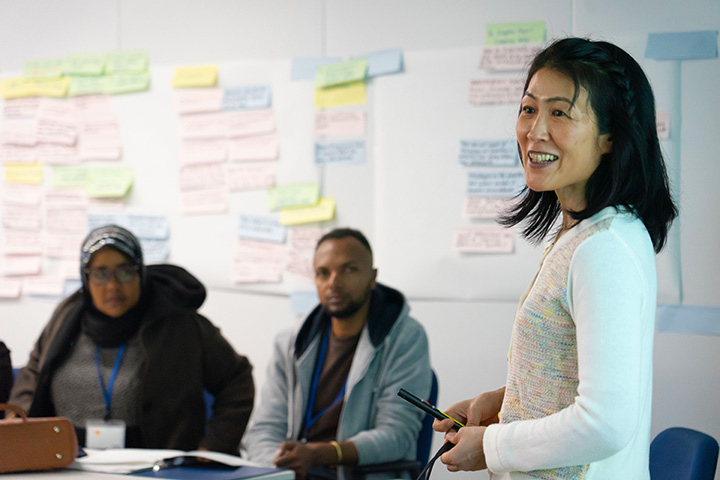
JICA continues to offer training in seikatsu kaizen. Here, Senior Advisor Ota Miho leads a class for trainees from African countries, including Ethiopia and Ghana.
International assistance for Madagascar came to a halt following a military coup in 2009, and this caused the fiscal situation to take a significant turn for the worse. The former JICA trainees remained undeterred in their resolve, however. Seeing this, JICA continued to actively support their efforts. It dispatched volunteers, helped print and distribute manuals created by local extension workers, and supported initiatives launched by the trainees, such as a contest of seikatsu kaizen activities.
According to Andry Randriantsoa, a program officer in charge of training at the JICA Madagascar Office in 2012, “Using a range of technical support, we encourage[d] ordinary farmers to become ‘thinking farmers’ who are responsible for their own development.” He believes that rather than give up because there is no money, farmers need to change their thinking and become more autonomous. They can identify daily problems on their own, change behaviors to address them, and take greater responsibility for their lives.
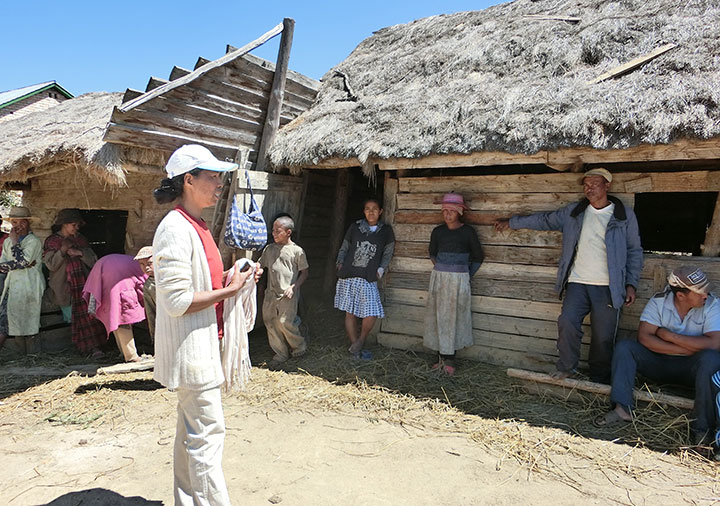
An extension worker explains how people’s backyards can be better used to cultivate food.
The seikatsu kaizen initiatives of the former trainees gradually spread, as groups of farmers were introduced to various innovations. They learned how to make more efficient stoves, grow and cook vegetables for better nutritional value, and improve hygienic conditions to prevent diarrhea and malaria.
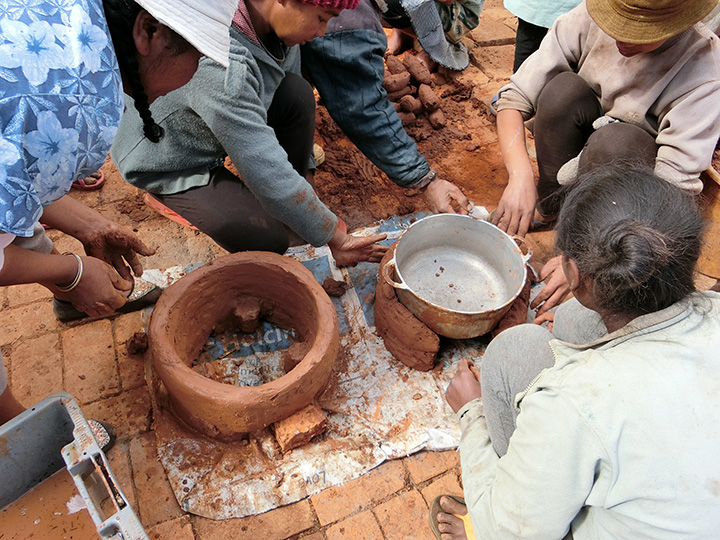
Farmers learn to make stoves offering higher thermal efficiency.
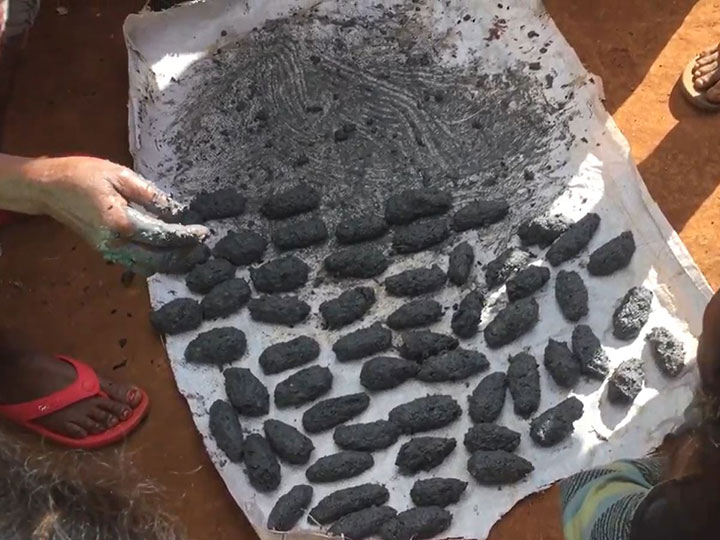
Firewood can be scarce in rural areas, so charcoal is made using widely available grass and mud.
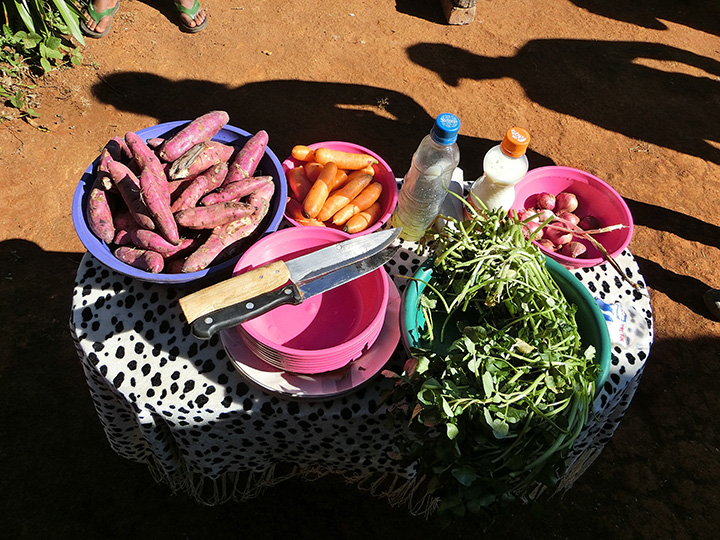
To address nutritional deficiencies, a JOCV team came up with a recipe for a creamy white stew using locally available ingredients.
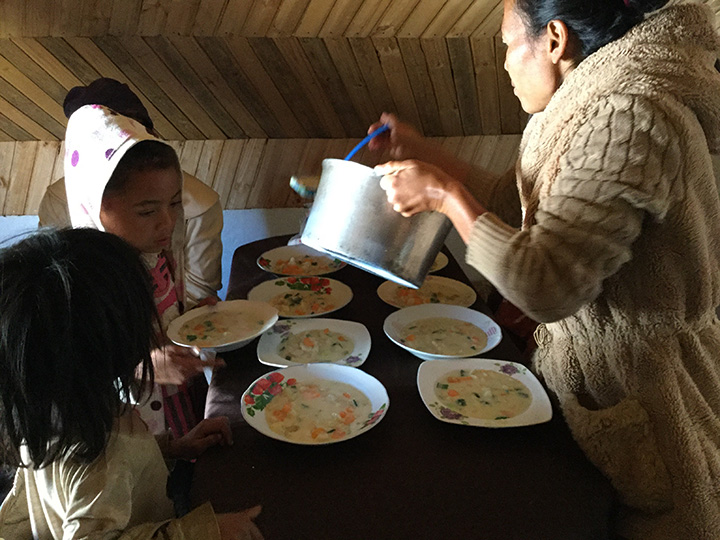
The stew is not only nutritious but also visually appetizing, and it has become a popular dish among both children and adults.
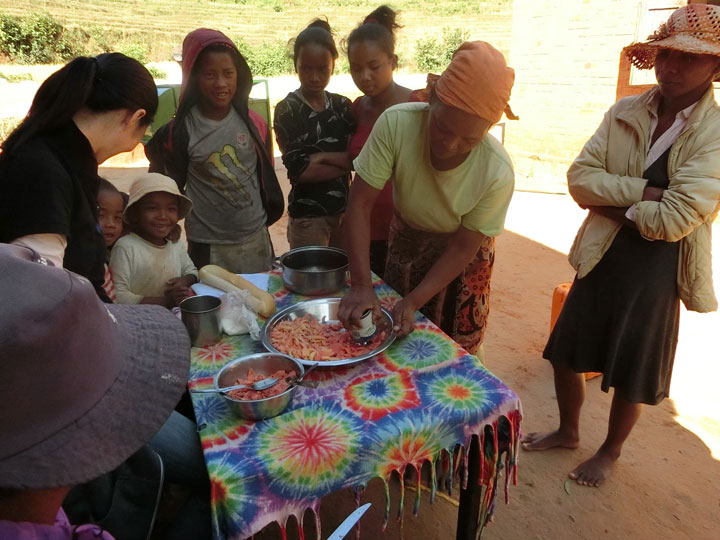
Making jam from locally harvested guavas. The guavas are crushed with cans used to measure rice.
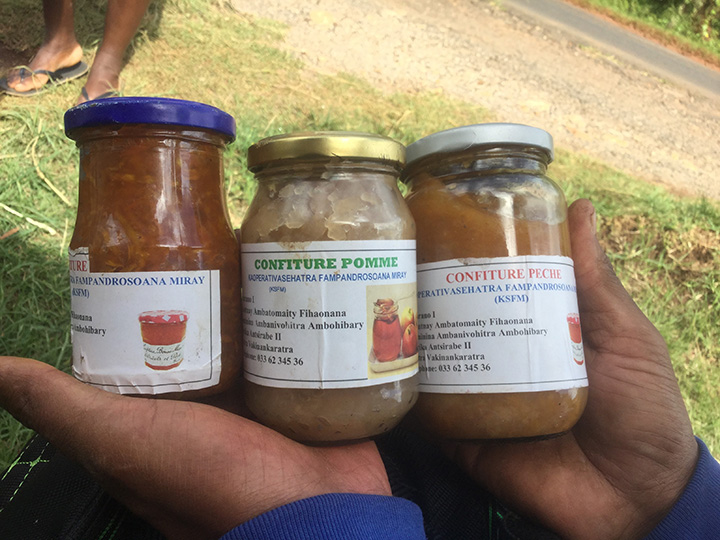
A church-based group raises funds for its activities by making and selling apple jam.
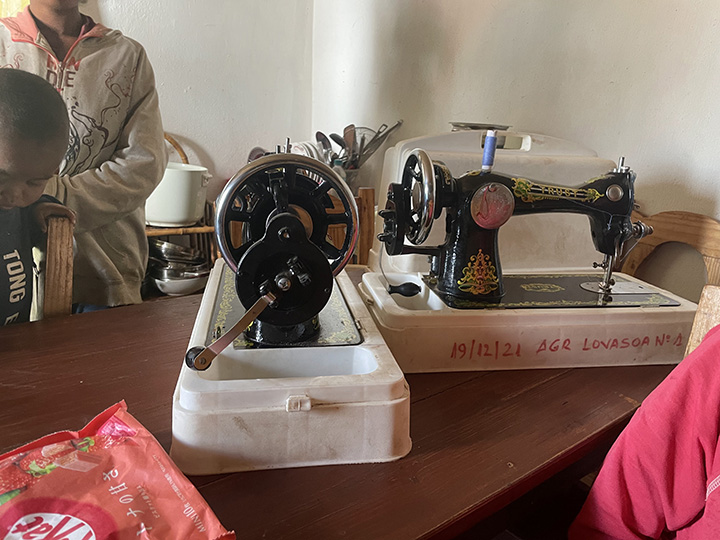
One group used the proceeds from jam sales to make brooms, which were sold to purchase piglets. These were then raised and sold, and the profits were used to buy sewing machines. The group now hopes to increase its income through sewing.
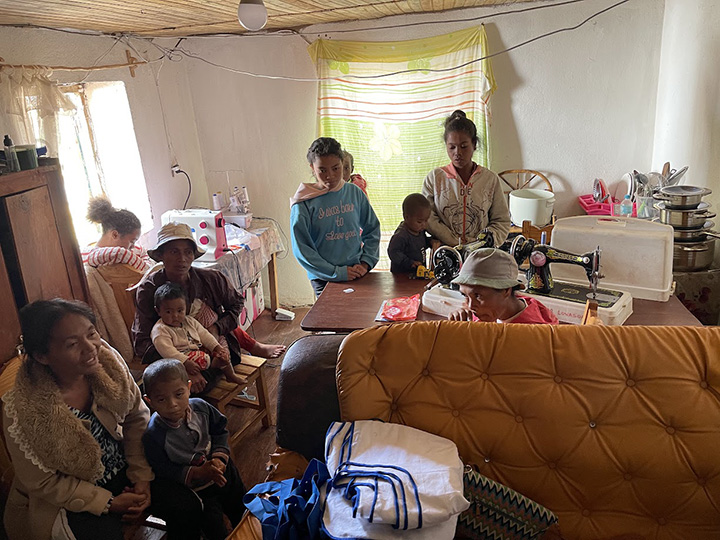
Members say they enjoy working as a group.
In 2012, a seikatsu kaizen contest of new life improvement ideas and practices was launched, and by the following year, around 60% of seikatsu kaizen workshops were being conducted by local residents. “Accumulating small successes has given people confidence, and now they feel they don’t have to rely on outside help,” says Seki Natsuko, a former JOCV member who has witnessed changes in farmers’ attitudes firsthand. “This has nurtured a sense of ownership. They come up with new ideas on their own—saying, ‘maybe we can use this material’ or ‘why don’t we try it that way?’—without our needing to make any suggestions. Working as a volunteer with such a group of people was a wonderful experience. They would eagerly share their ideas with me, and I couldn’t help but share their excitement.”
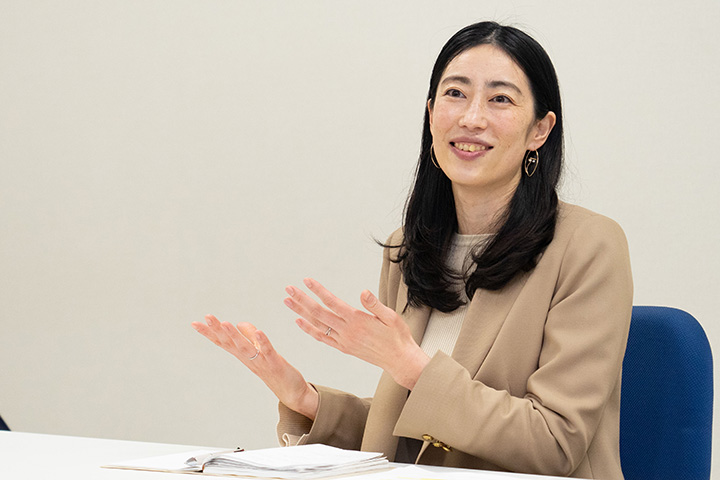
Seki Natsuko worked in Madagascar from 2016 to 2018 as a member of the JOCV. She is now a researcher at the nonprofit International Farmers Participation Technical Net-work (IFPaT), where she is engaged in activities to improve livelihoods and nutrition standards in Madagascar and other developing countries.
One resident with whom Seki worked was Nasolo, leader of the Mitsinjo seikatsu kaizen group that makes pickles using carrots, which are abundantly grown in the area. Nasolo grew up in a large, poor family and was unable to get a proper education. This made her all the more excited to learn new things through seikatsu kaizen and to apply that knowledge to her daily life. “Our group meets once a month to review our activities and make necessary improvements,” she reports. “It’s a thrill being able to accomplish things as a group and see our living standards improve.”
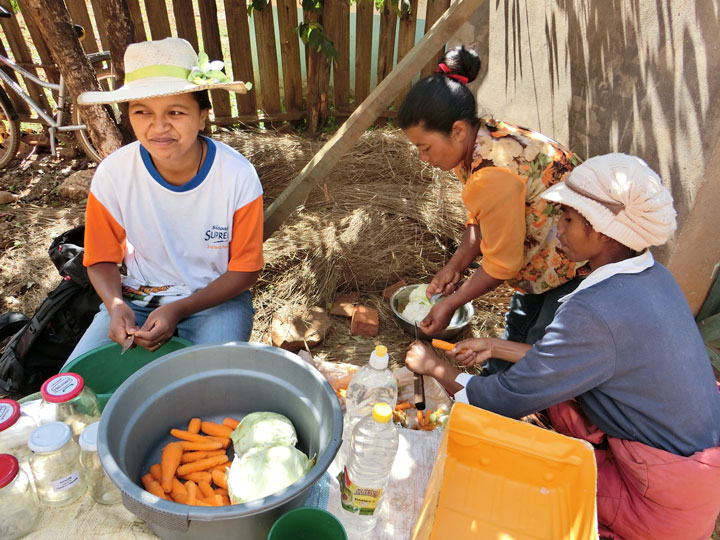
Nasolo, left, has generously shared her newly acquired cooking and lifestyle insights with members of her community.
Seki and other former JOCVs in Madagascar have worked with past trainees from the country to carry out a number of activities. They have compiled seikatsu kaizan case studies and created recipes using local ingredients. The book of recipes is used by other organizations working on nutrition improvement projects in Madagascar. To meet requests for additional printings, a revised edition is now being prepared.
Seikatsu kaizen activities in Madagascar were first implemented in agriculture and then in such other fields as nutrition, public hygiene, education, and income improvement, helping create positive synergies. The accumulation of successful experiences, notes Ota, laid the foundation for collaborative undertakings among a number of related organizations and the success in Madagascar of the Initiative for Food and Nutrition Security in Africa (IFNA), aimed improving nutrition through a multisectoral approach.
“Improving nutrition levels is usually the responsibility of the health ministry,” Ota points out. “But in Madagascar, it’s a collaborative undertaking, with the National Nutrition Office coordinating the activities of several ministries, such as the Ministry of Agriculture and Livestock; the Ministry of Water, Sanitation, and Hygiene; and the Ministry of Public Health. This is because administrative officials have learned through seikatsu kaizen the effectiveness of promoting initiatives across multiple sectors.”
Building on this momentum, JICA has been implementing the interministerial Food and Nutrition Improvement Project in Madagascar since 2019. The project has led to major achievements in the target regions, such as the practice of handwashing, cultivation and consumption of a variety of crops, and food-related measures to improve the nutritional status of household members being taken in over 90% of farming households. The incidence of diarrhea among children has also decreased to 3%, with many mothers happily reporting the healthier growth of their younger children, compared to their older siblings.
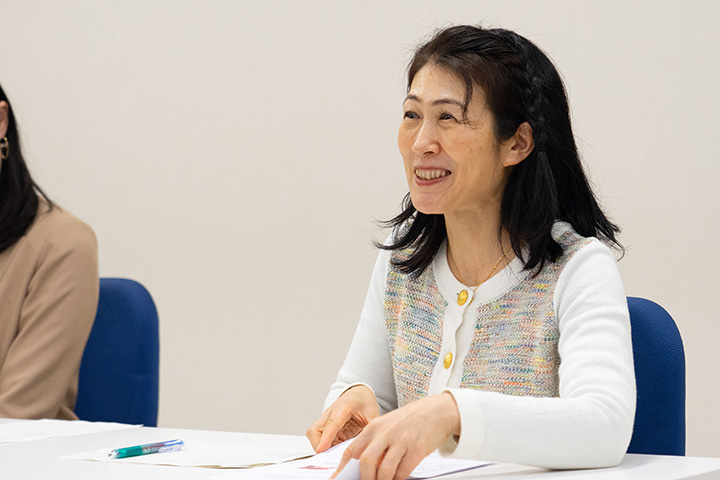
“Thanks to tangible seikatsu kaizen success, initiatives are now being taken throughout Madagascar by community leaders and groups to improve nutrition levels,” Ota says. “We value such self-initiated efforts and will continue to nurture ‘thinking farmers’ to ensure the continuity of these activities.”
scroll